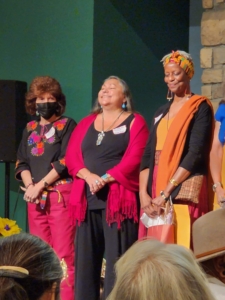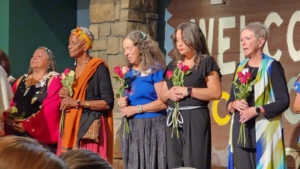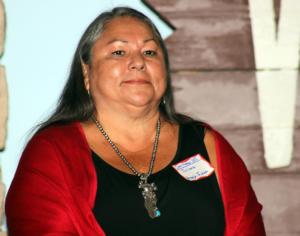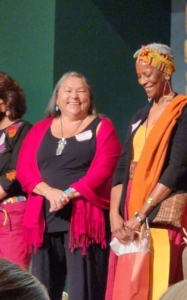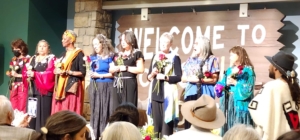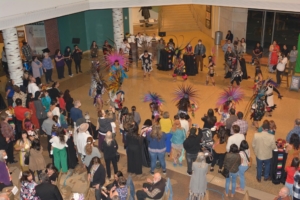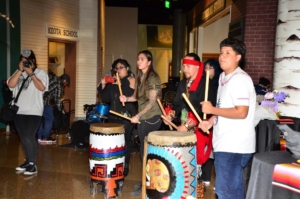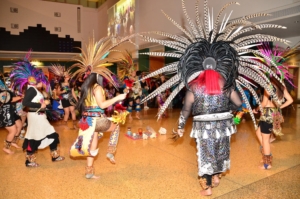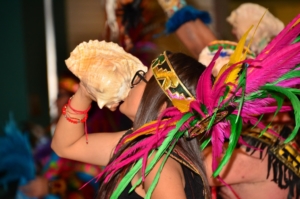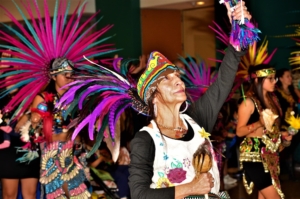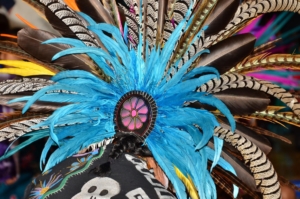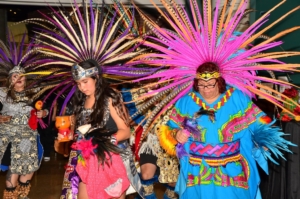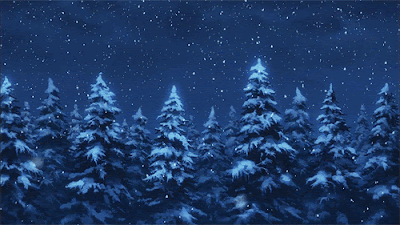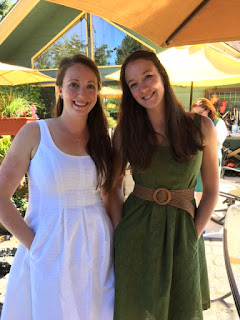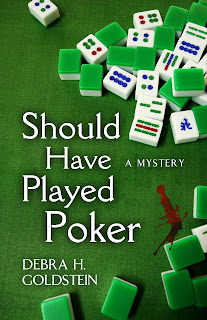Merry Christmas, Happy Hanukkah (or Chanukah if you
prefer), Happy Kwanzaa (Habari Gani?), and Yay for the Solstice! What are you celebrating this month?
If you live in the Pacific Northwest like
I do, the passing of the Solstice is a reason to be especially thankful. I know I’m looking forward to more than a few hours of daylight. While the recognition of the shortest day probably goes back a lot further, many of the Christmas traditions come from the pagan rituals – yule logs, evergreen wreaths, candles, and evergreen yule trees.
Western cultures draw many of these winter holiday traditions from Saturnalia, an ancient Roman solstice celebration dedicated to Saturn, the god of agriculture and time. Initially a one-day celebration earlier in December, like many Roman holidays, it later expanded into a weeklong party stretching from December 17 to 24. Scandinavia honors St. Lucia, one of the earliest Christian martyrs. This holiday was folded into earlier Norse solstice traditions after many Norsemen converted to Christianity around 1000 A.D. As a symbol of light, Lucia and her feast day blended naturally with solstice fire traditions. Of course, we owe the red and green Christmas colors to ancient Celtic traditions.
Moving into other international traditions, the Chinese celebrate Dong Zhi (which means “Winter Arrives”) to welcome the return of longer days and the corresponding increase in positive energy in the year to come. The holiday also has roots in the Chinese concept of yin and yang: after the solstice, the abundance of darkness in winter begins to be balanced with the sun’s light. While it is no longer an official holiday, it remains a family occasion to join together and celebrate the year that has passed and share good wishes for the year to come.
An ancient Persian festival, Shab-e Yalda (which translates to “Night of Birth”) celebrates the triumph of Mithra, the Sun God, over darkness. According to its tradition, people gather on the longest night of year to protect each other from evil, burning fires to light their way through the darkness, and performing charitable acts.
In Peru, like the rest of the Southern Hemisphere, the winter solstice is celebrated in June. The Inti Raymi (Quechua for “sun festival”) is dedicated to honoring Inti, the sun god. Before the Spanish conquest, the Incas fasted for three days prior to the solstice. Before dawn on the fourth day, they waited for the sunrise on a ceremonial plaza and offered sacrifices, using a mirror to focus the sun’s rays and kindle a fire. After the conquest, the Spaniards banned the Inti Raymi holiday. (Shocker, right?)
For the Zuni, one of the Native American Pueblo peoples in western New Mexico, the winter solstice signifies the beginning of the year, and is marked with a ceremonial dance called Shalako. Once the Pekwin, or “Sun Priest,” announces the rebirth of the sun, four days of dance begin, starting with 12 kachina clowns in elaborate masks dance along with the Shalako themselves—12-foot-high effigies with bird heads, seen as messengers from the gods.
The Anasazi left no written records, so we can only speculate about their winter solstice rites. Placement of stones and structures in their ruins, such as New Mexico’s Chaco Canyon, indicate they certainly took a keen interest in the sun’s movement. The Hopi, descendants of the Anasazi, have an all night ceremony that begins with the setting of the sun (beginning the longest night).
In Japan, the winter solstice is less a festival than a traditional practice centered around starting the new year with health and good luck. Like many of the traditions mentioned above, the practice has its roots in agriculture. While bonfires are also a tradition here, I’m interested in a different practice – taking warm baths scented with yuzu, a citrus fruit, which is said to ward off colds and foster good health.
I’m wishing all of you good health in the upcoming winter (of our discontent. Sorry, couldn’t resist). Covid anxiety, and then flat-out covid fatigue, have taken a toll on
many of us. I know my productivity plummeted, but I do have a book releasing in January (Malbec Mayhem).
As this crazy year winds down, take time (maybe on the longest night) to reflect on what the new season and new year will bring you. 2020 is almost behind us, but don’t give 2021 a chance to say, “hold my beer.”
Cathy
PS Y’all were so helpful this summer with reviews from the Advance Reader Copies of Calling for the Money. I hope some of you will be interested in ARCs of Malbec Mayhem. Here’s the link: https://bit.ly/MalbecReviewCopy
An award-winning author of financial mysteries, Cathy Perkins writes twisting dark suspense and light amateur sleuth stories. When not writing, she battles with the beavers over the pond height or heads out on another travel adventure. She lives in Washington with her husband, children, several dogs and the resident deer herd. Visit her at http://cperkinswrites.com or on Facebook
Sign up for her new release announcement newsletter in either place.
She’s hard at work on the sequel to The Body in the Beaver Pond, which was recently presented with the Claymore Award.
